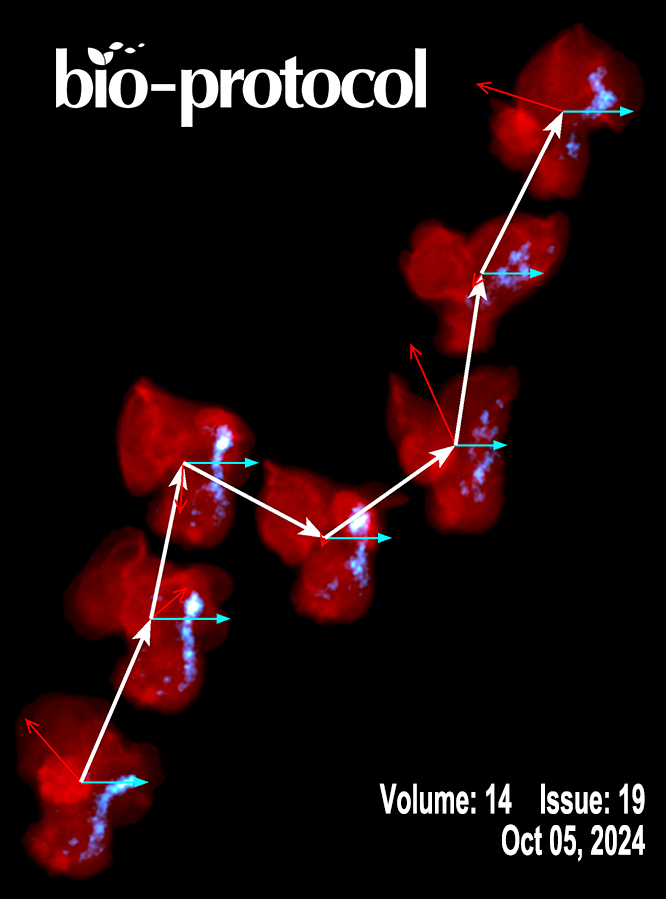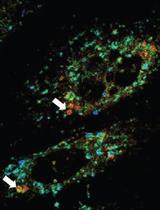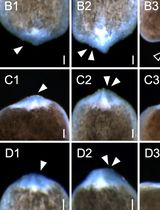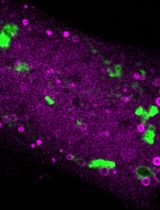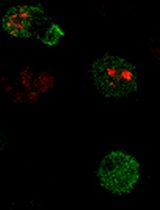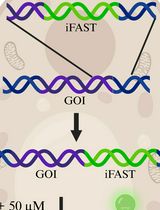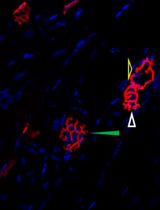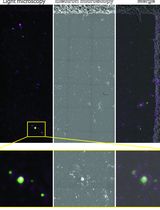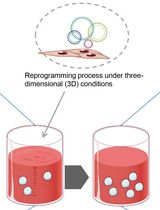往期刊物2024
卷册: 14, 期号: 19
生物物理学
Fluorescence Lifetime-Assisted Probing of Protein Aggregation with sub-Organellar Resolution
通过荧光寿命技术辅助探测具有亚细胞器分辨率的蛋白质聚集
细胞生物学
Construction and Application of a Static Magnetic Field Exposure Apparatus for Biological Research in Aqueous Model Systems and Cell Culture
用于生物研究的水模型系统和细胞培养静态磁场暴露装置的构建与应用
Acutely Modifying Phosphatidylinositol Phosphates on Endolysosomes Using Chemically Inducible Dimerization Systems
使用化学诱导二聚化系统快速调控内溶酶体上的磷脂酰肌醇磷酸盐
免疫学
Measuring Piezo1 and Actin Polarity in Chemokine-Stimulated Jurkat Cells During Live-Cell Imaging
在活细胞成像中测量趋化因子刺激下Jurkat细胞的Piezo1和肌动蛋白极性
微生物学
Genetic Tagging and Imaging of Proteins with iFAST in Candida albicans
使用iFAST在白色念珠菌中进行蛋白质的基因标记与成像
神经科学
Visualization and Analysis of Neuromuscular Junctions Using Immunofluorescence
使用免疫荧光技术对神经肌肉接头的可视化与分析
植物科学
Sorghum bicolor Extracellular Vesicle Isolation, Labeling, and Correlative Light and Electron Microscopy
高粱细胞外囊泡的分离、标记及相关光电显微技术
干细胞
Alternative Method for Obtaining Human-Induced Pluripotent Stem Cell Lines and Three-Dimensional Growth: A Simplified, Passage-Free Approach that Minimizes Labor
获得人诱导多能干细胞系及三维培养的替代方法:一种简化且无需传代的低劳动量方法


